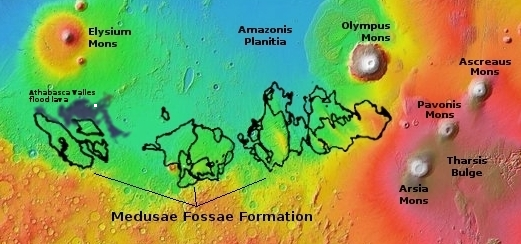Nashville authorities cover up proof bars & restaurants do not spread COVID-19
Local authorities in the mayor’s office and health department in Nashville, rather than release the data and open things up, kept secret evidence that showed there was no reason to close bars or restaurants. [The quote below comes from a local Fox TV news story that has since been taken down.]
Emails between the mayor’s senior advisor and the health department reveal only a partial picture. But what they reveal is disturbing. The discussion involves the low number of coronavirus cases emerging from bars and restaurants and how to handle that and most disturbingly, how to keep it from the public.
On June 30th, contact tracing was giving a small view of coronavirus clusters. Construction and nursing homes causing problems more than a thousand cases traced to each category, but bars and restaurants reported just 22 cases.
Leslie Waller from the health department asks “This isn’t going to be publicly released, right? Just info for Mayor’s Office?”
“Correct, not for public consumption.” Writes senior advisor Benjamin Eagles. [emphasis mine]
In other words, these corrupt officials, who appear quite typical of today’s government rank and file, had found in June that closing bars and restaurants was pointless, that their focus should be nursing homes and construction (though I suspect a deeper dive in the data would discount construction as well). Instead, they kept this data secret so that the lockdown of bars and restaurants could continue, putting thousands out of work.
The fact that they should have been focusing on nursing homes once again confirms the nature of this virus. Like the flu, it attacks the sick elderly, with everyone else barely noticing their symptoms, or if they do, recovering without serious harm.
Local authorities in the mayor’s office and health department in Nashville, rather than release the data and open things up, kept secret evidence that showed there was no reason to close bars or restaurants. [The quote below comes from a local Fox TV news story that has since been taken down.]
Emails between the mayor’s senior advisor and the health department reveal only a partial picture. But what they reveal is disturbing. The discussion involves the low number of coronavirus cases emerging from bars and restaurants and how to handle that and most disturbingly, how to keep it from the public.
On June 30th, contact tracing was giving a small view of coronavirus clusters. Construction and nursing homes causing problems more than a thousand cases traced to each category, but bars and restaurants reported just 22 cases.
Leslie Waller from the health department asks “This isn’t going to be publicly released, right? Just info for Mayor’s Office?”
“Correct, not for public consumption.” Writes senior advisor Benjamin Eagles. [emphasis mine]
In other words, these corrupt officials, who appear quite typical of today’s government rank and file, had found in June that closing bars and restaurants was pointless, that their focus should be nursing homes and construction (though I suspect a deeper dive in the data would discount construction as well). Instead, they kept this data secret so that the lockdown of bars and restaurants could continue, putting thousands out of work.
The fact that they should have been focusing on nursing homes once again confirms the nature of this virus. Like the flu, it attacks the sick elderly, with everyone else barely noticing their symptoms, or if they do, recovering without serious harm.






